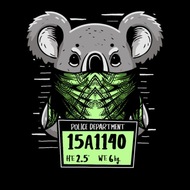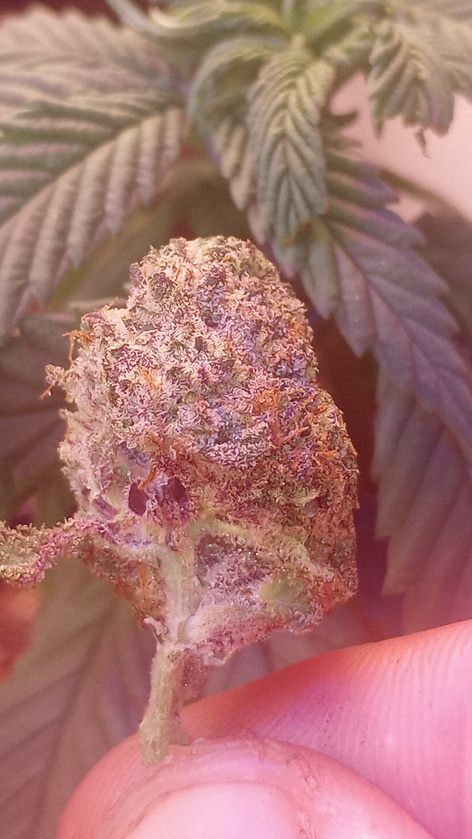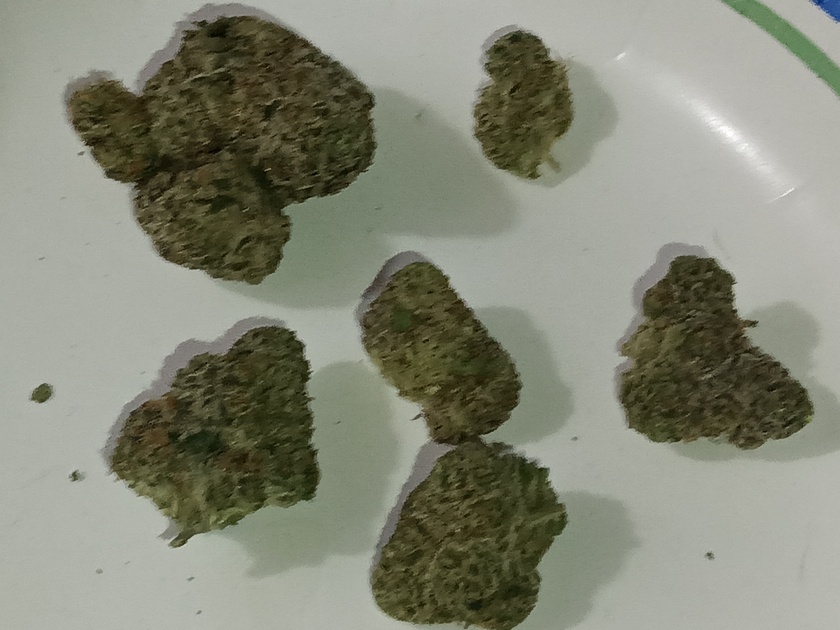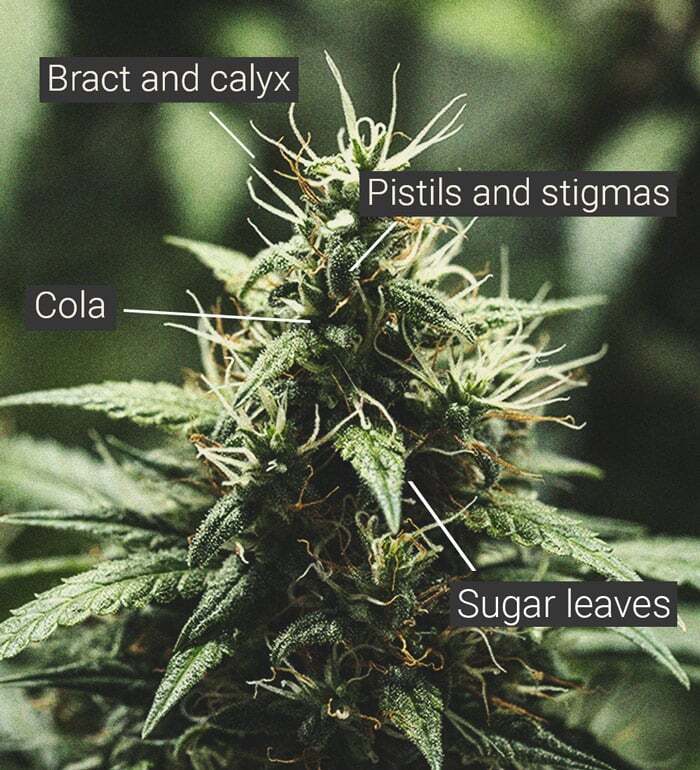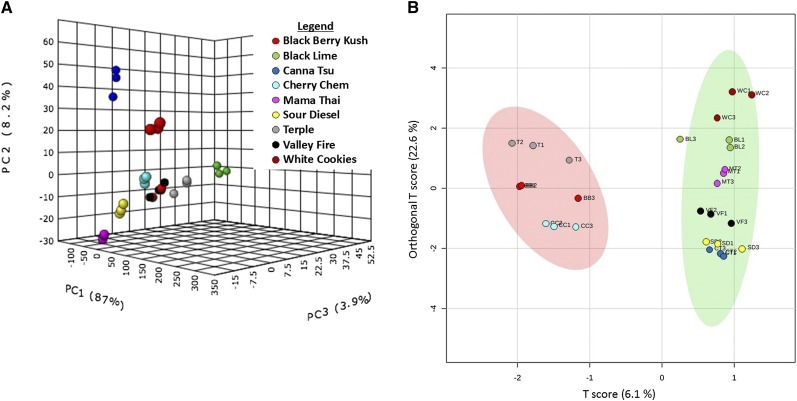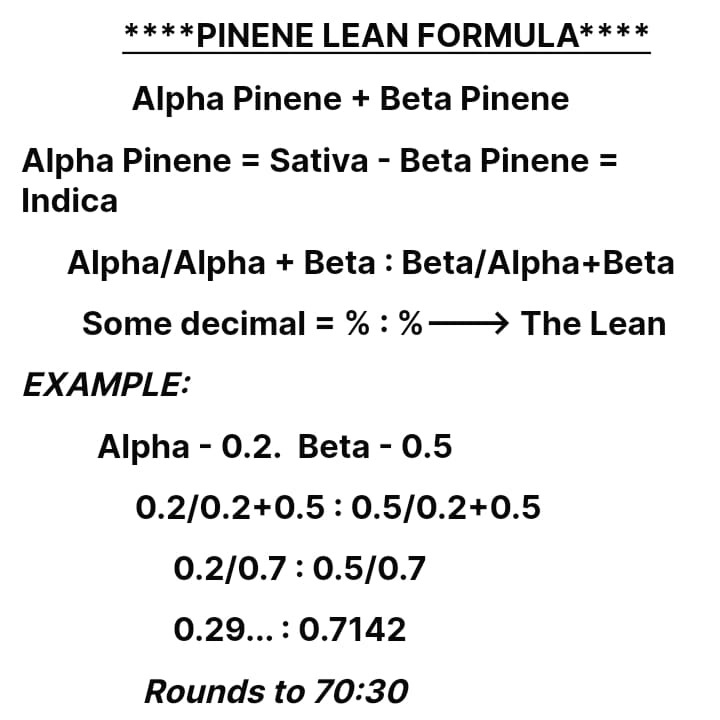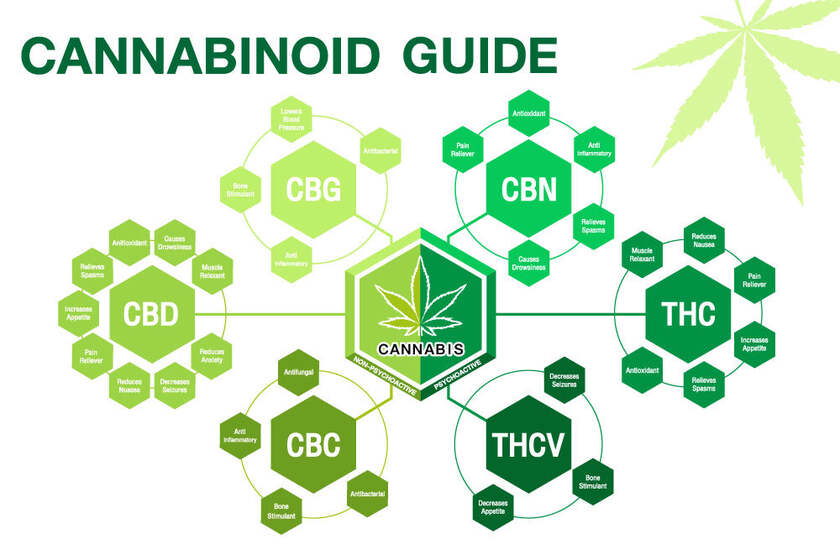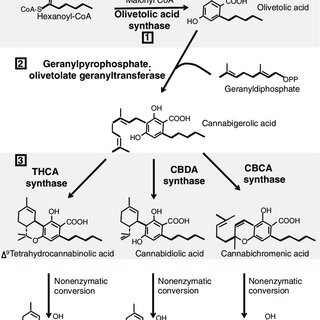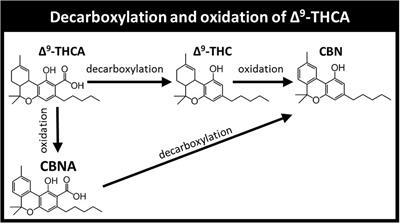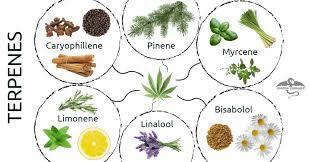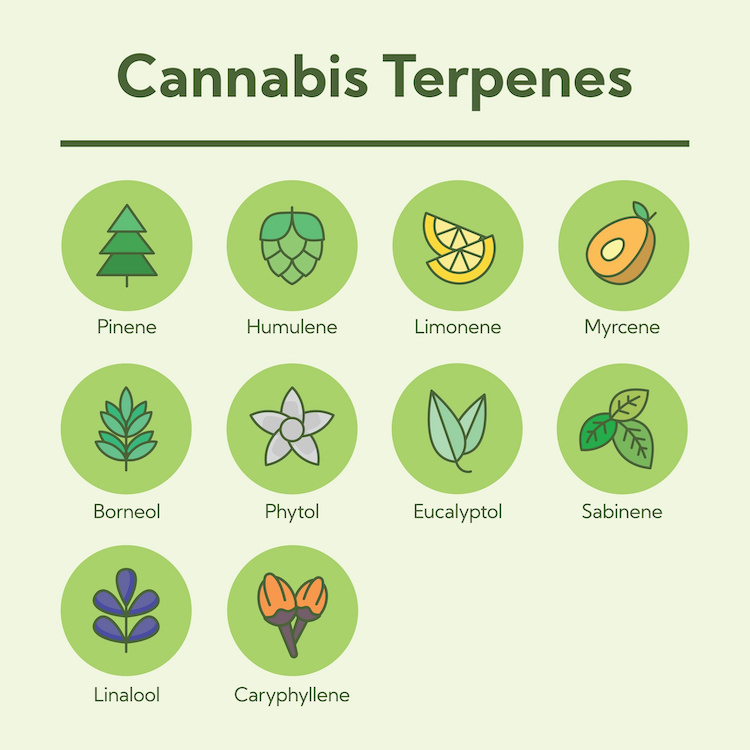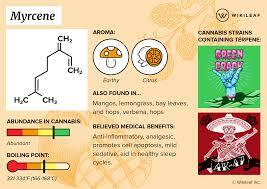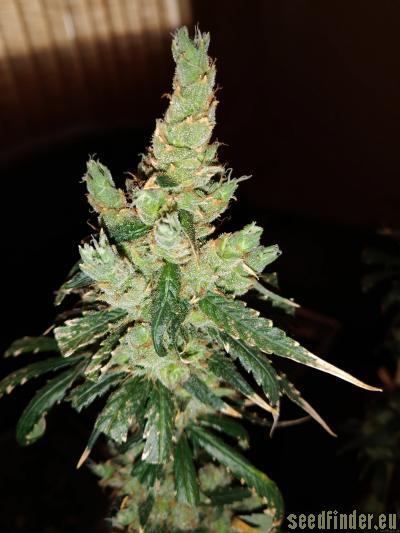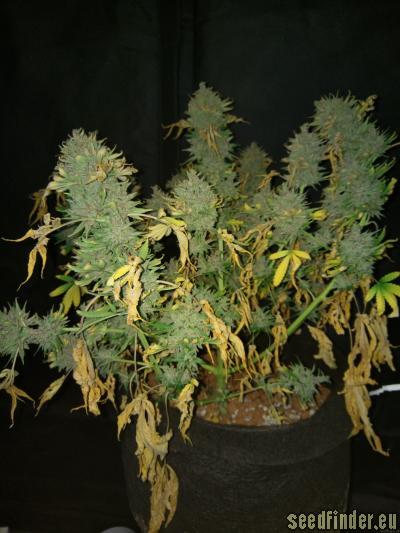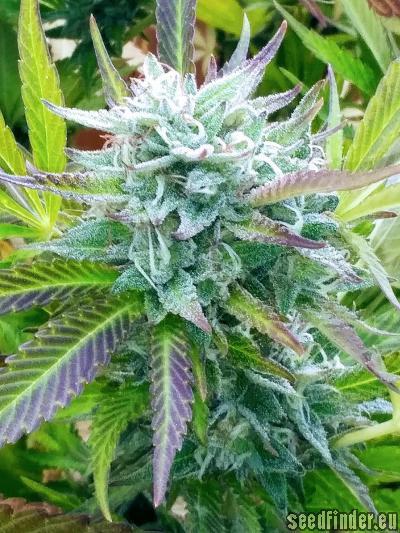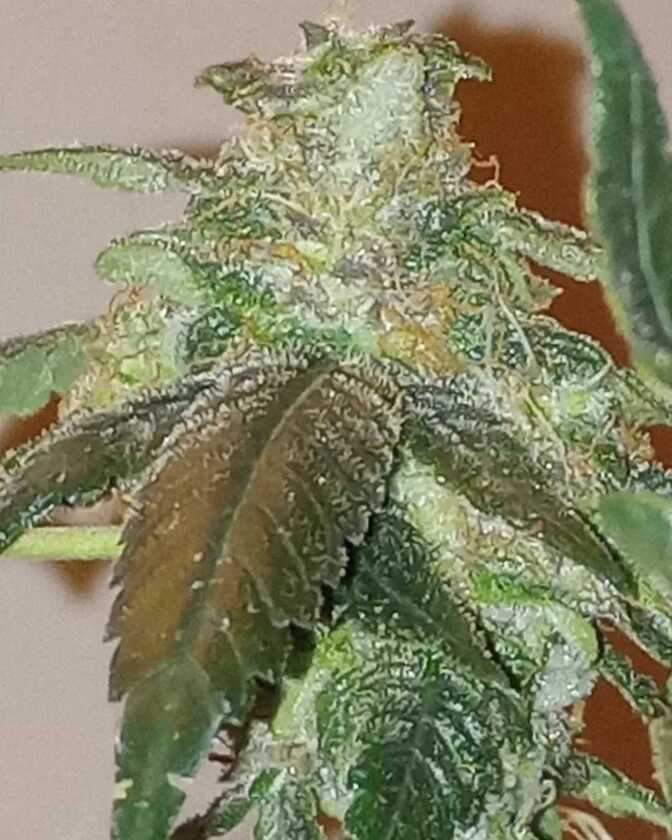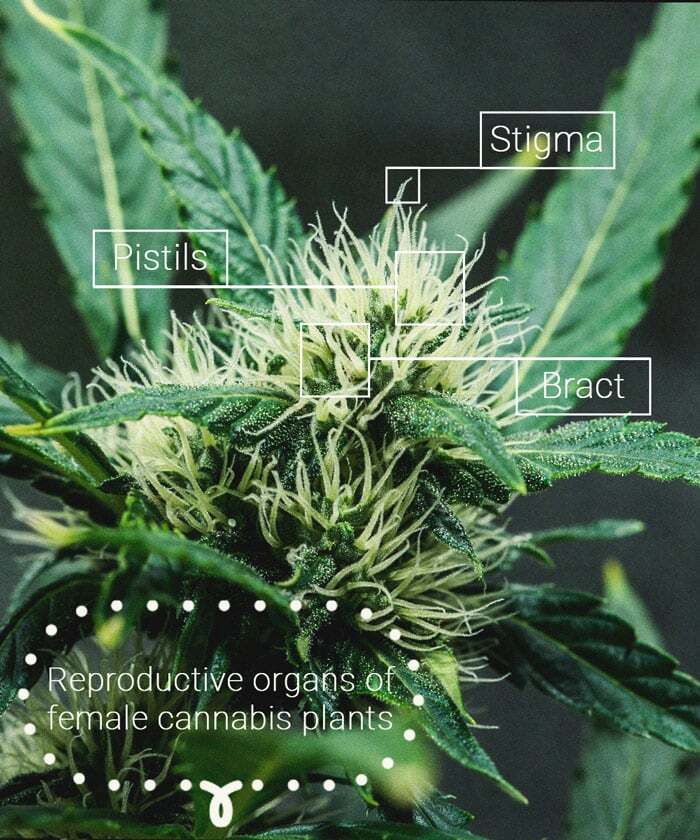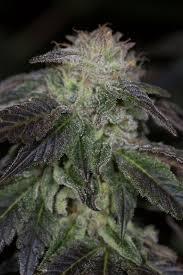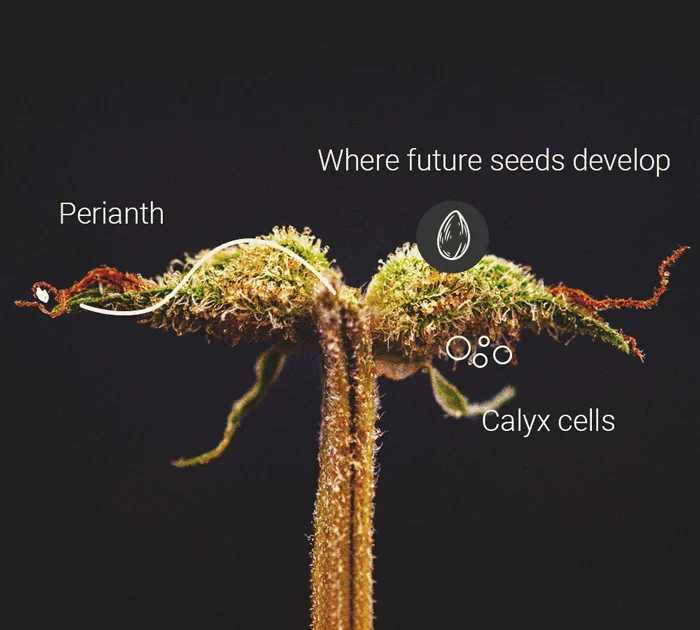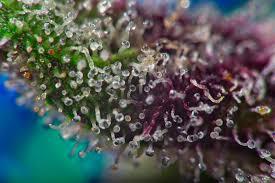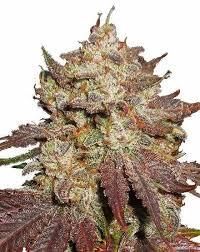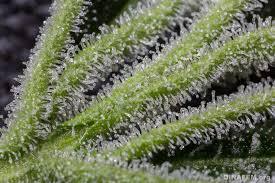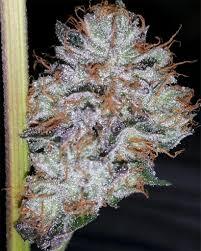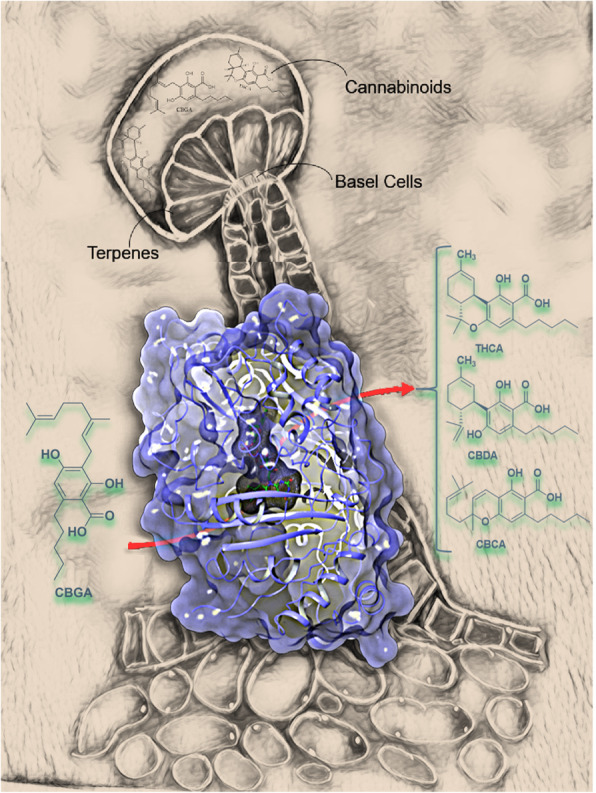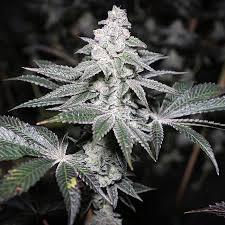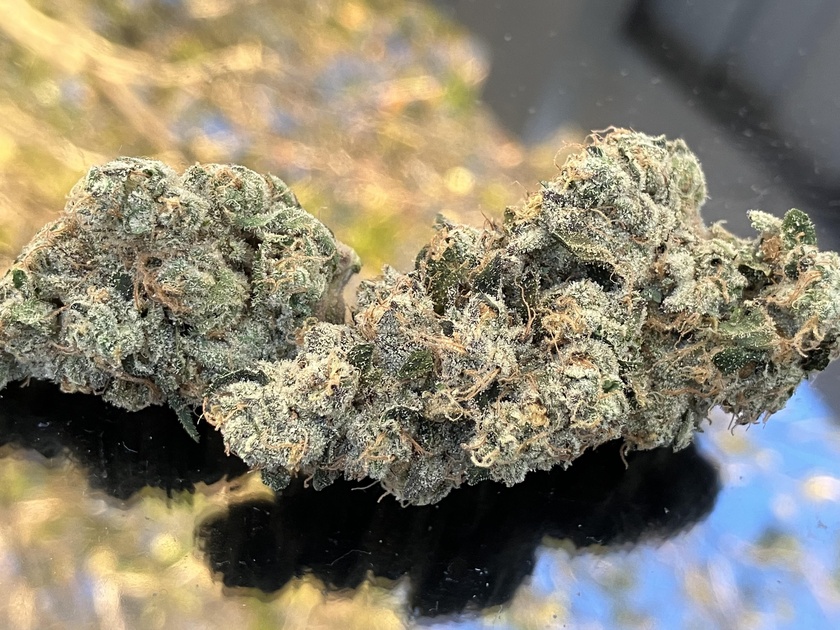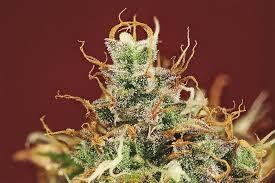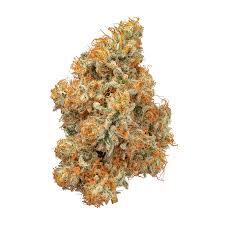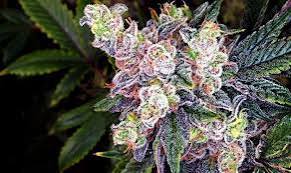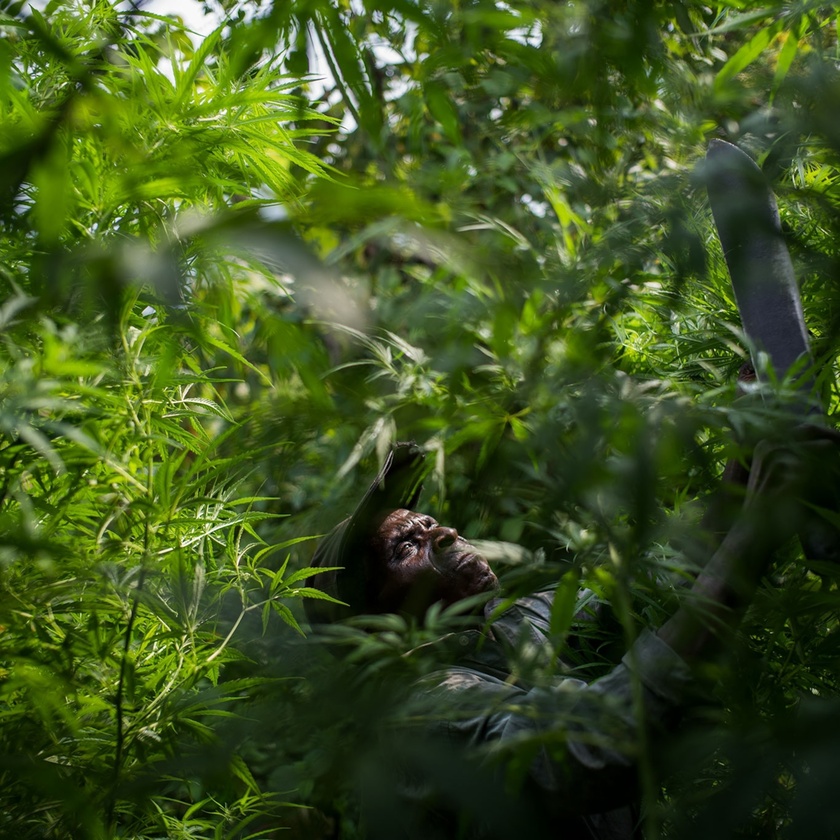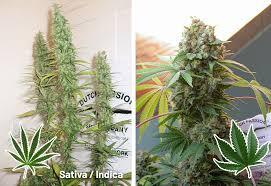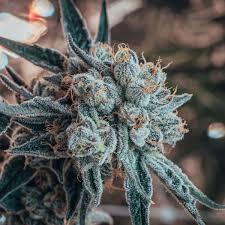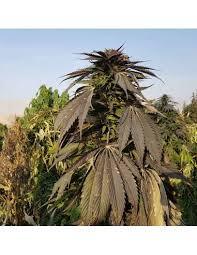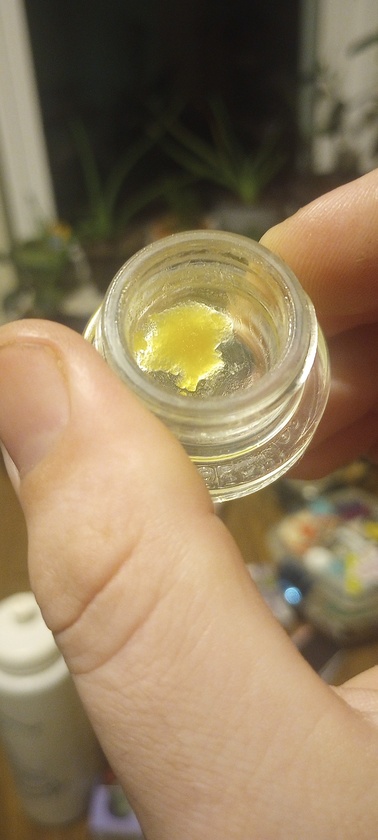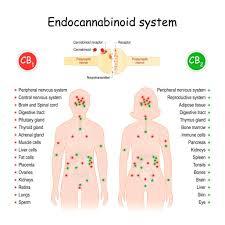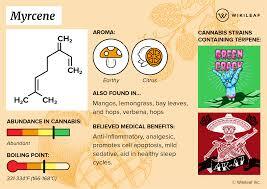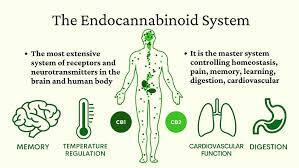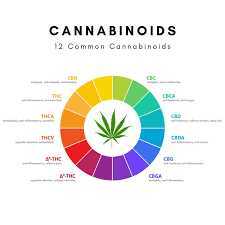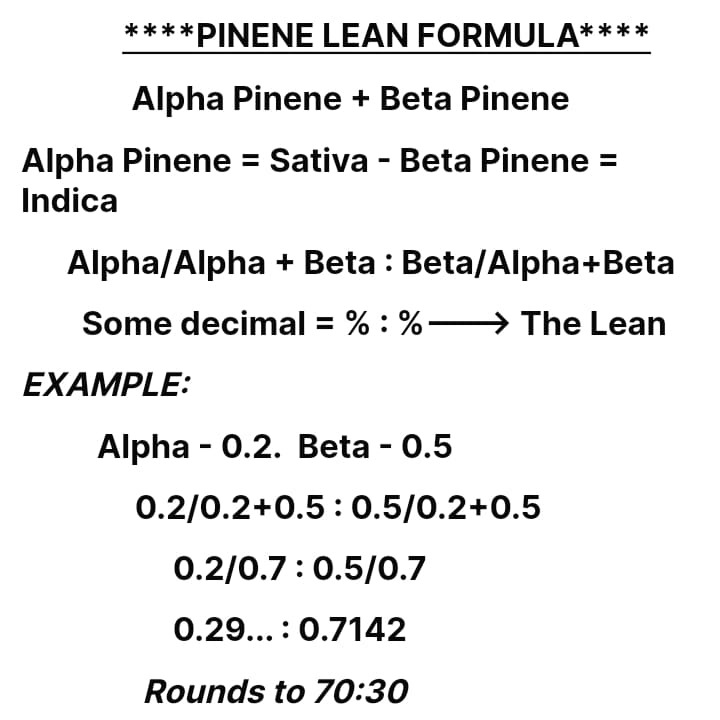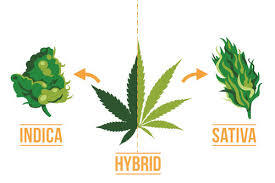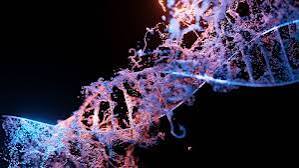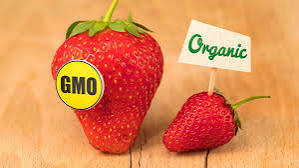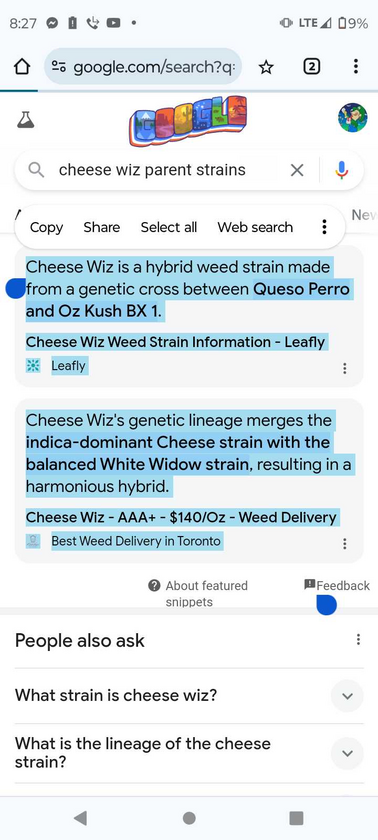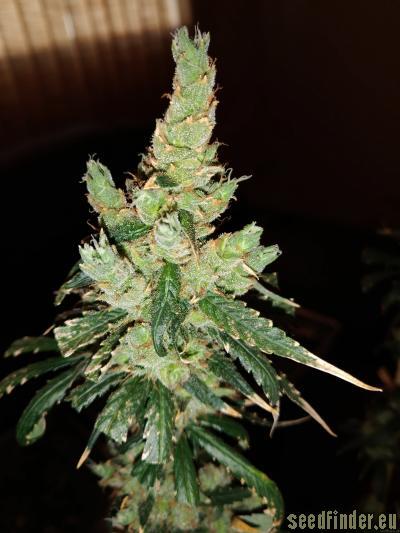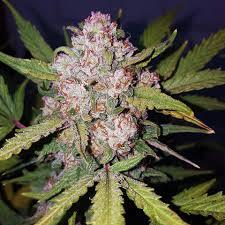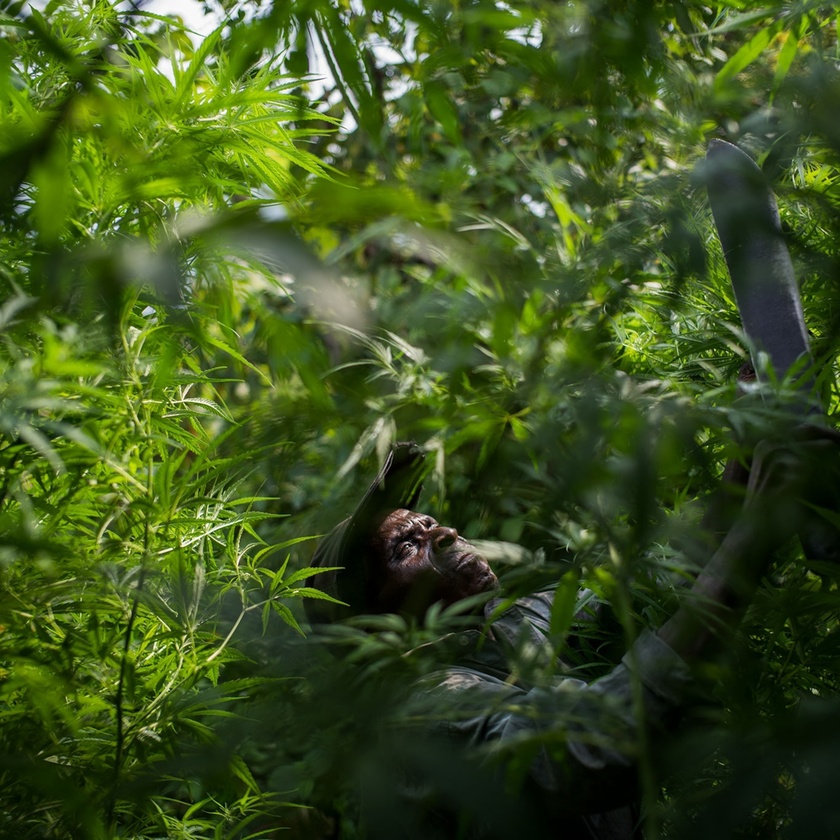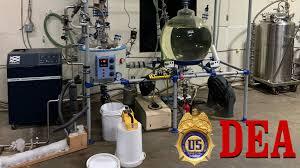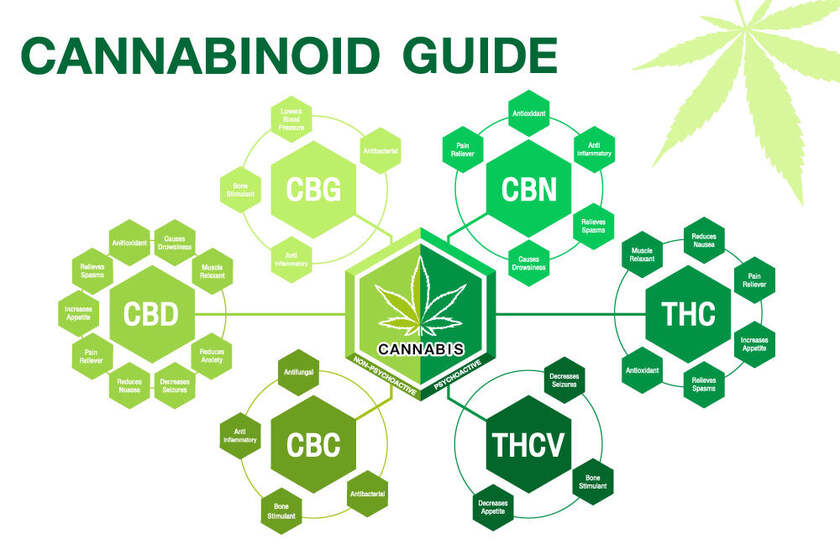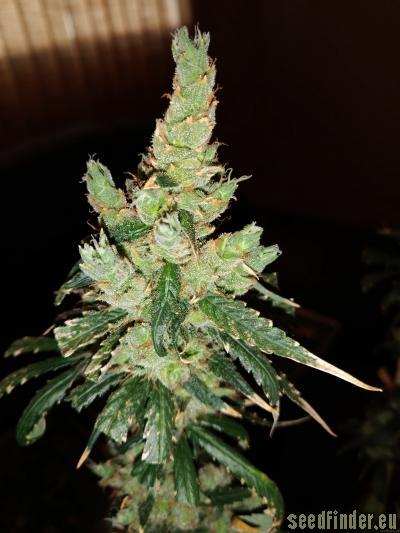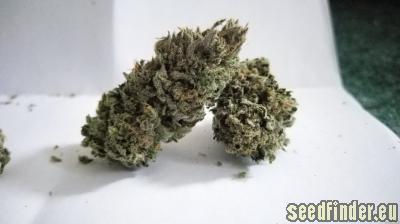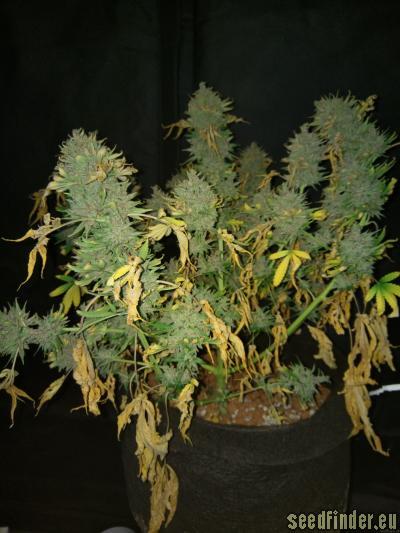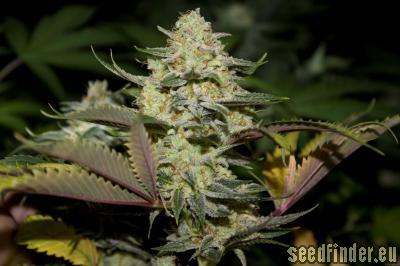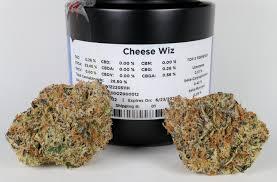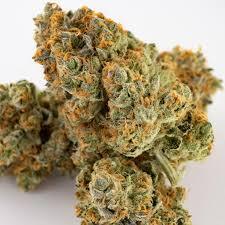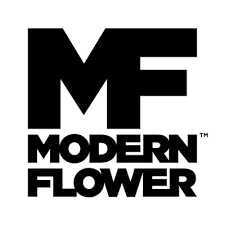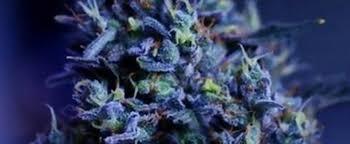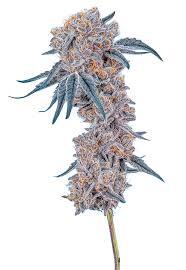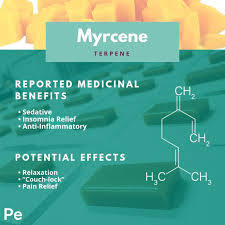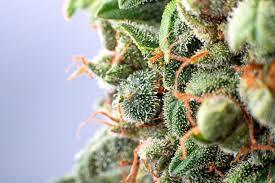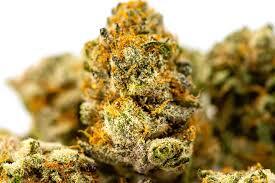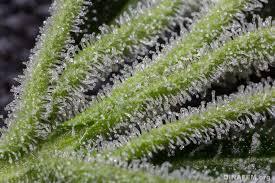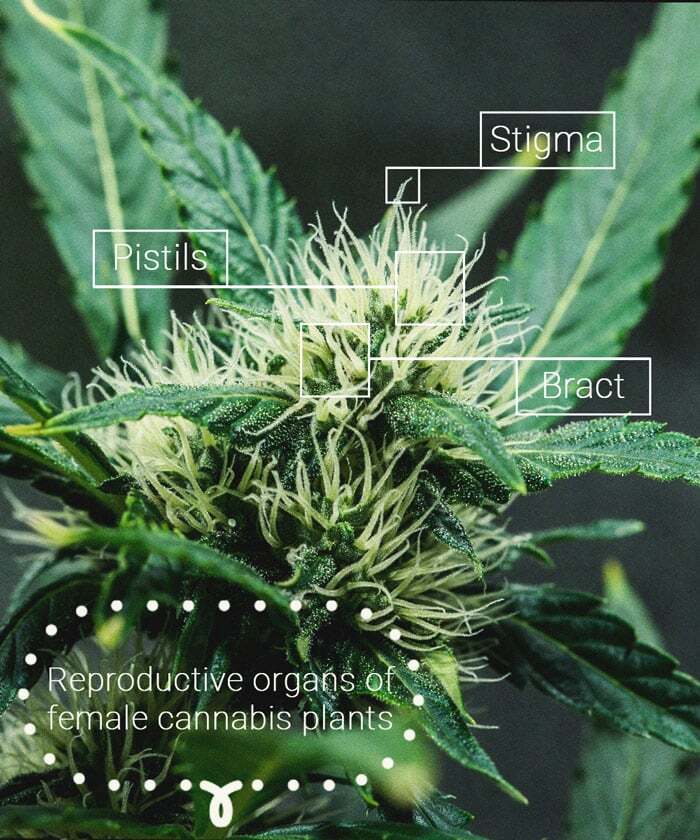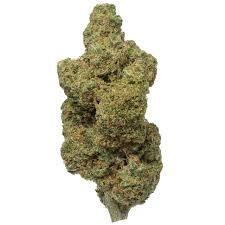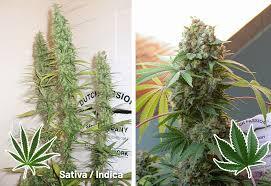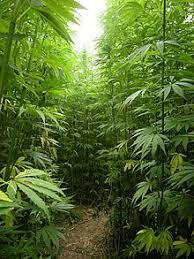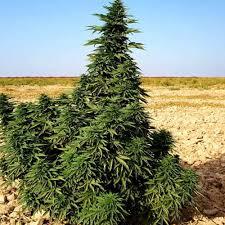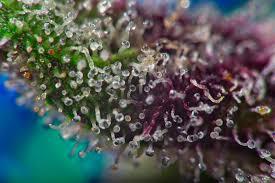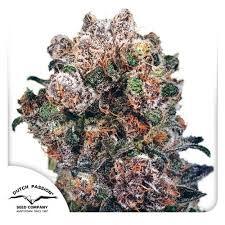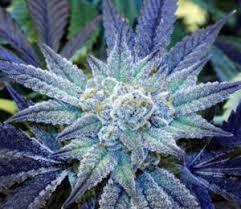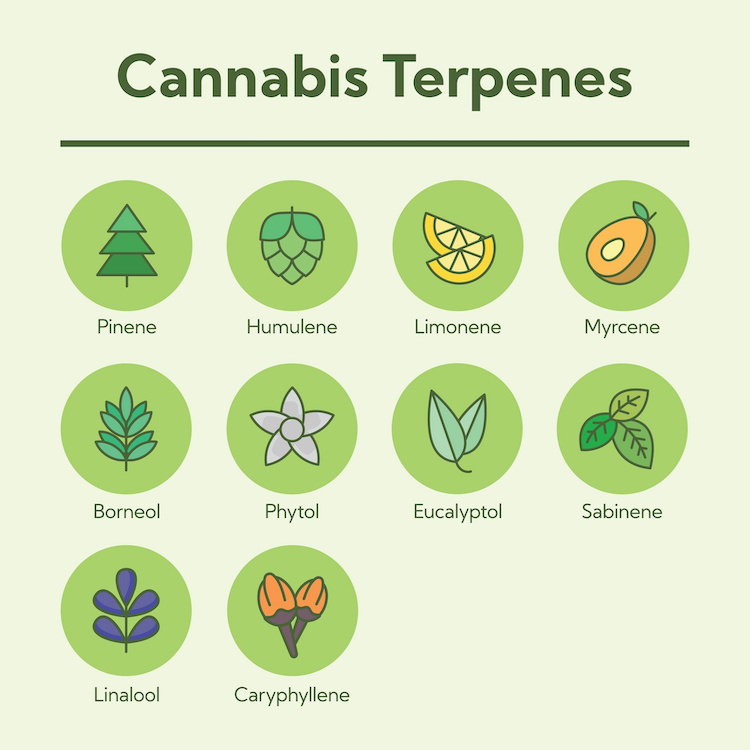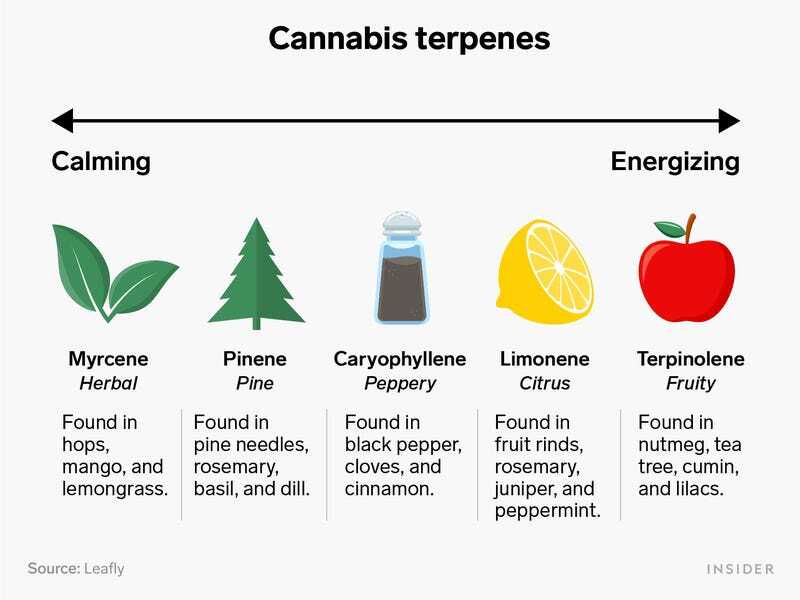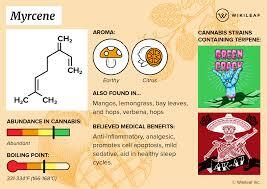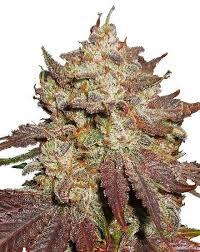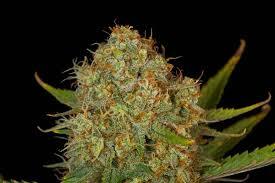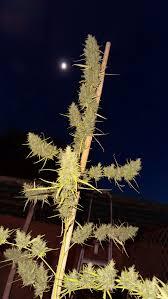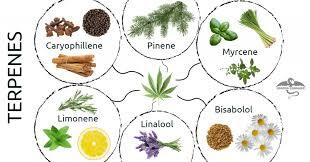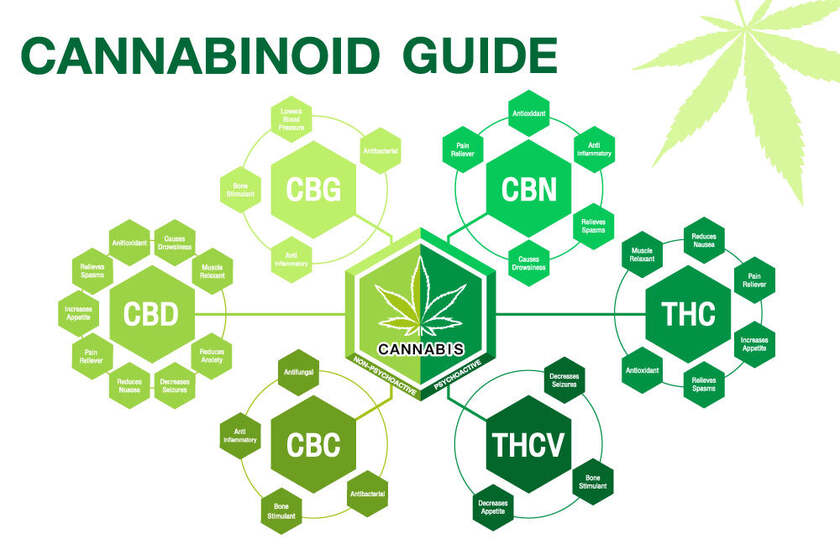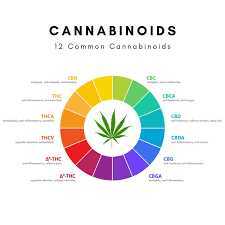
AutoFlower Cannabis
Novice Cultivators Guide to Autos
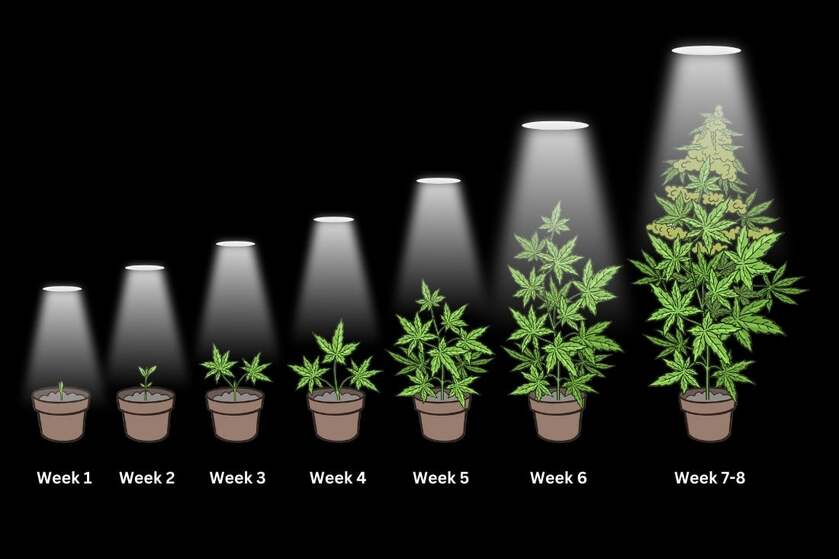
Auto Flowering cannabis is the type of cannabis you will hear most of Gen Z hyping about, particularly because we didn't have auto flowering cannabis until the early 2000s. The concept of autoflowering was played with in the 1930s, then again in the 1970s by the infamous and famous Neville Shoemaker... but really grabbed traction with the production of Lowryder on the early 2000s.
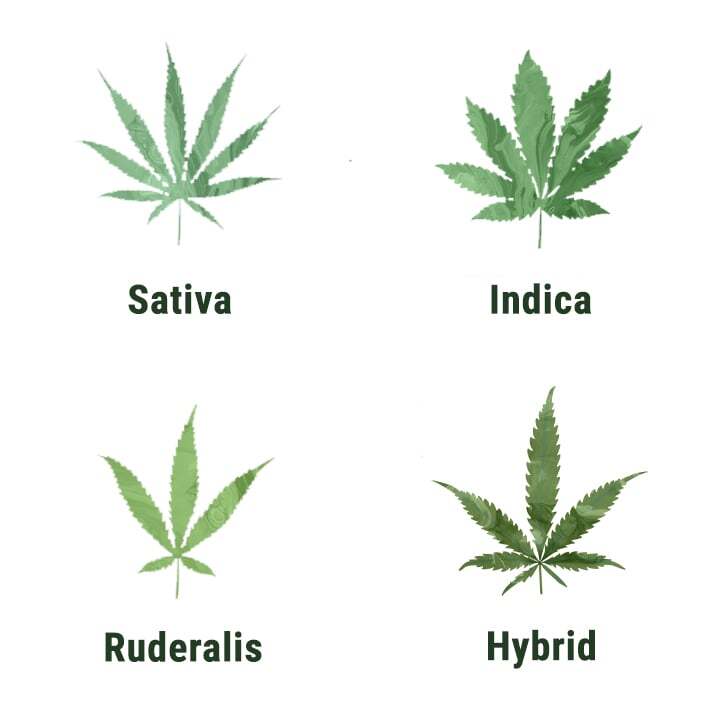
The first Auto Flower was a low THC producing strain known as Lowryder produced by the Joint Doctor. Carrying on its ruderalis genetic cue, autos remain lower in THC than their photoperiod counterparts and higher in CBD. Autoflowers may be shorter in stature and have lower THC, but they're far easier to grow requiring now light cycling to cue them to begin flowering & produce larger buds than a photoperiod plant.
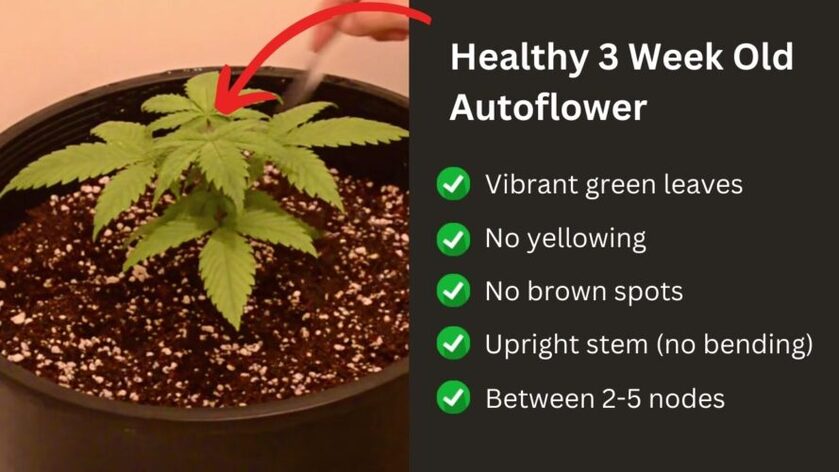
In my educated opinion, as a novice cultivator myself, I do think auto flowers have their benefits to the beginner in growing cannabis, but it also prevents one from learning many techniques prudent to maximizing yield and potency of photo period plants. The choice between growing auto vs photoperiod plants, aside from experience will depend heavily on how much work you want to take on, the amount of attention you can give her, and the reason for growing the product. A personal grow reasoning for autoflowers may be different than someone scheduling and planning for an industrial operation.
Below is my current 100$ OG AutoFlower I am growing, about 2 weeks into the growth. You can see the leaves are almost immediately much bigger than the standard photo period plant at this stage.
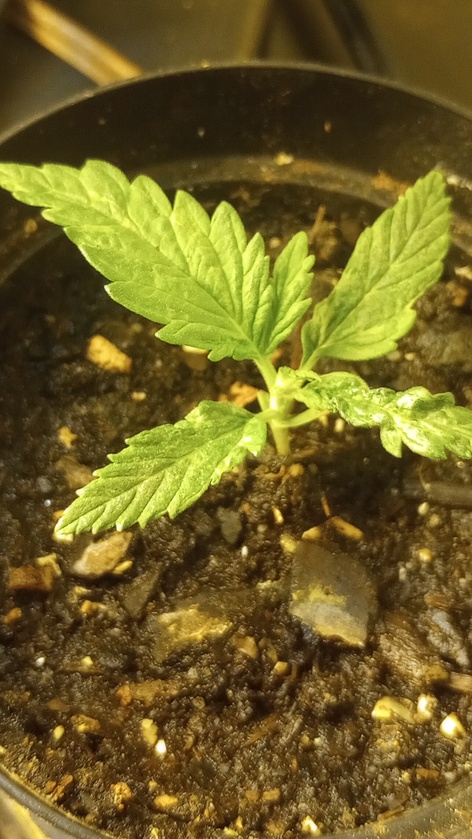
Autoflower refers to the cannabis plants ability to flip from the vegetative foliage / leaf producing stage, through gestation to the flowering and bloom stages of growth without being activated by a switch in lighting. This lighting change is meant to mimic the plants experience outdoors, but in a shorter cycle as they're being fed superbly ideally allowing the faster cultivation of a photo period indoors vs outdoors. However, the auto flowers even more quickly with no lighting change at all,it simply requires it's rest at night. The photo period requires a flip of the lighting schedule to mimic the autumn sun early setting.
Autoflower is endemic to Central and Northern Europe and parts of Southern Siberia. It is a relatively short and honestly the most "weed like" of the three forms of naturally occuring cannabis. The plant doesn't really produce any THC, however they do tend to yield higher levels of CBD. WHILE THEY DO NOT EXACTLY MAXIMIZE YIELD, THEY ARE IDEAL for the NOVICE GROWER despite this and their lower potency yield. One has to balance the preference for larger yields from a photo period with the shorter harvesting times of the auto flower with what they're doing with the cannabis.
If you simply are growing for personal use, maybe you can wait and don't have to rush with an auto. Or maybe you need cannabis quickly one season as your low on supply, you can choose an autoflower. Or maybe your a dispensary and need to balance the max yield of a photo with the increased number of possible plants adding to yield of an auto flower due to its smaller size and shorter harvesting time.
Can you get more from one photo harvest or 2 auto harvests given your grow space. And there are equations and approaches to easily calculating these numbers.
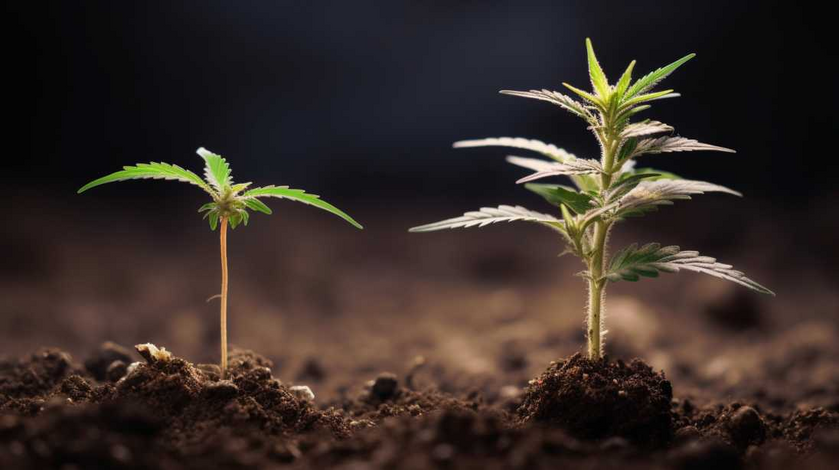
Lowryder was really the first autoflower cannabis strain. It produced a relatively low THC yield though so the initial hype of the autoflower wasn't the renowned that the system maintains in today's cultural zeitgeist in America in particular. This strain in particular was a cross of A Ruderalis Cannabis strain and Northern lights #2. This initial autoflower cannabis cultivar was produced by 'The Joint Doctor's in the early 2000s.
Neville Shoemaker did not create the autoflower although he and other growers did succeed in crossing ruderalis with Cannabis Indica and sativa. They weren't able to succeed in producing a reasonably potent cannabis plant in autoflower. And this during the time of some of Neville Shoemakers most prolifically renonwed strains, like the now lost on the gene pool RoadKill skunk.
Roadkill Skunk is said to have been lost in to the advent of feminized seeds many oG cultivators believe who lived around that time and saw the cannabis market change while participating in it. While Neville was in the Netherlands processing ruderalis and Indica and sativa together attempting to auto flower, researchers in the US were developing the same path, funny enough there was a skunk produced in the US of Nevilles Line as well, Sweet Skunk which is still around In a form.
The autoflower is a cross of the cannabis ruderalis plant with a standard indica or sativa photo period plant. The Lowryder, as mentioned is thought to have been a cross of Northern Lights #2 and a cannabis ruderalis. Upon hearing this, those familiar with the work of Neville Shoemaker will note the use of this cultivar, as Neville likely was indeed experimenting with it and Afghani as well as these were used very often in his work. The auto flower is meant to do just as the name implies, flower with out any outside cues to the plant.
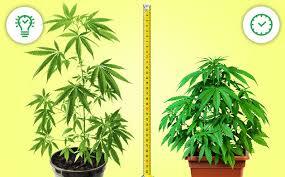
Photo period cannabis requires the turn of light from a cycle of about 18/6 to one of 12/12 so that it can properly flower. This lighting cycle mimics the suns cycle through the sky and the lessened amount of sunlight as the year progresses into shorter day longer nights in the fall. An autoflower simply needs a short resting period each evening, though you can use an 18/6 cycle if you wish, you just need not flip the plant to push budding. However, some autos can be finicky and require a slight push to begin budding, as my friend recently had one require a 12/12 push to start flowering, then returned to longer light period and short rest.
An autoflower therefore, can obviously take significantly more stress than a photo period plant. A photo period is very dependent on that lighting schedule. Throwing it off that schedule can cause the plant to go herm or loose part of its feminity so to speak.
Autos require about half the nutrient input and rest as the photo period plant. Auto flowers are ideal for the novice cultivator despite the attractiveness of their final product to the untrained or inexperienced eye and mind. The buds are typically bigger, specifically the colas of the plants. Even though they do have a larger cola structure, they tend to be much shorter but not as bushy as the short indica.
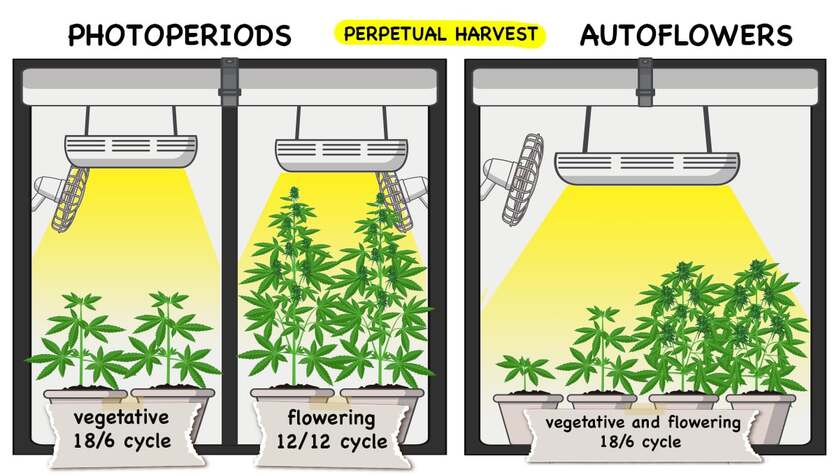
The ruderalis is a short cannabis plant that hails from central Europe and makes sense that while in the Netherlands Neville Shoemaker decided to experiment with crossing this subspecies of cannabis with the already cultivated and in process of being perfected indicas ans sativas. They tend to be lower in THC potency due to the ruderalis genetic line as ruderalis plants produce the lowest THC of any naturally occuring cannabis sub species.
The short stature of the plant is also a quality that makes them an ideal candidate for the novice grower or if your working with a small space and for example, wish to grow sativa more than indica. Sativas tend to be taller and lankier than short stout bushy indica; so an auto remains shorter even crossed with a sativa. Therefore you can grow more sativa in a smaller space with an autoflower vs a sativa photo period.
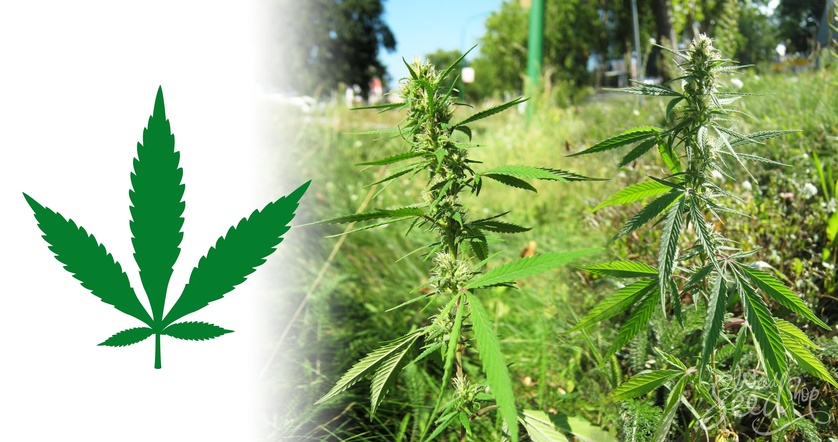
You can grow more autos in a smaller space period overall. They remain smaller in girth than the bushy indica and shorter in height than many towering Sativas. Not to mention some of today's mammoth monstrosities of modern hybridization in Cultivation that both tall and bushy.
You can grow a number of these in a smaller space and don't need outside or 12' ceilings in your home. There are pruning techniques to be able to grow those monsters indoors, however it both stresses the plant often in not good ways and those techniques are typically more advanced than what a novice ideally should take on starting out. . .in my opinion as a novice processor.
The autoflowering plant has a longer vegetative stage than the photo period cannabis plant. This is specifically due to the auto flower characteristic of its ruderalis genetic pool. This means it's difficult to work with pruning techniques. This is related to the reason why the autoflower cannabis plant can not be cloned. The time it takes a clone to reset its clock and the short period of flowering in an auto flower raises one issue. When you clone a plant, one of the steps is to snip the leaves tips. This tells the plants instructions to rewrite so that it starts reverting energy stores of photosynthesis to root production instead of a continues vegetative state. This restarts the plant clock.
A ruderalis, ergo an autoflowers internal genetic clock doesn't stop, even when instructed to do so. Ergo, a main drawback of autoflower cannabis is the inability to both create a mother plant as well as to clone them. A mother plant is simply a plant whose internal clock has been influenced to continue ticking through its vegetative stage and repeat just as the light cycle remains at 18/6 then Repeats. The instructions haven't been handed to the genetic code to indicate when it's time to start the next part of the internal clocks growth session if you will.
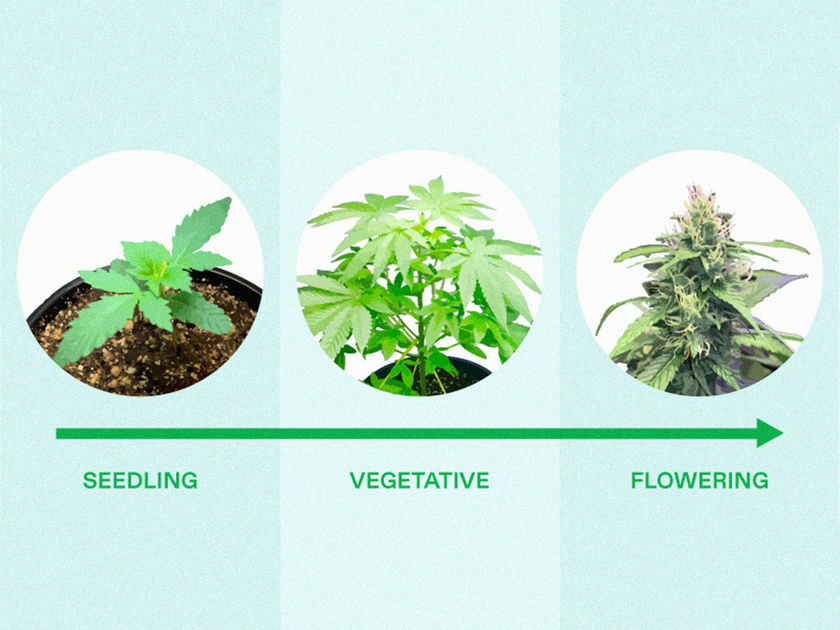
So the lighting, or external clock, is directly influencing the internal clock and we can see in the disadvantage of the inability to clone or produce a mother plant or an autoflowering cannabis plant. Autoflowers can start flowering as soon as 2 weeks after germination, so a mother is not a possibility. And really, that's what a mother is for, cloning her genetics so you don't need to germinate a new seed and your working with the same EXACT genetic lineage.
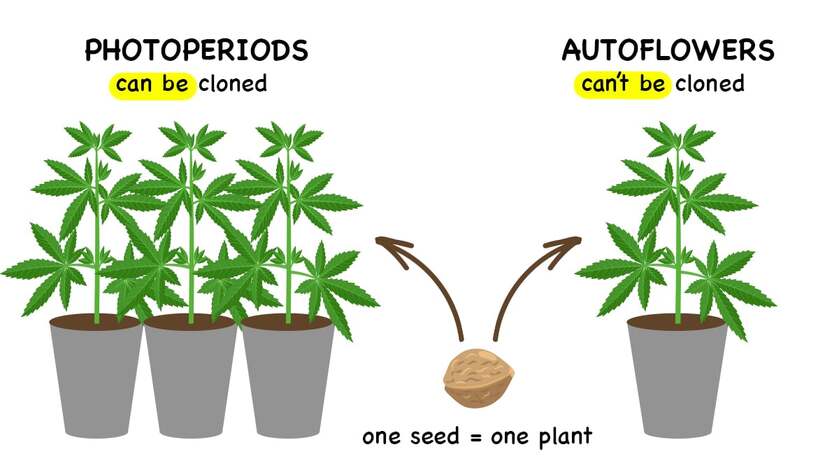
One can expect anywhere from 1.5 oz. - 8 ounces in supremely ideal situations. There are newer advents to the auto scene like the so called Super Auto which is more difficult as it is more particular to its environmental conditions and doesn't take stress as well but does produce a higher yield crop. While autoflower does produce a lower THC level, that's given today's market place where some photos test in the upper 30% ranges and very regularly in legalized states where cannabis is freely cultivated by industrial suppliers.
Industrial suppliers who stole the genetics from the legacy market and now operate "legally." Don't think I am a backer of industry, I'll smoke their products, but I do not have any illusions of who created this potency and from whence it came. All that said, today autos can push upwards of 28% in ideal conditions grown by a careful hand.
An autoflower ideally shouldn't be what cultivators refer to as being "topped." This is an issue that I don't believe has been worked out as a consensus amount growers, as I know some people do top the plants.
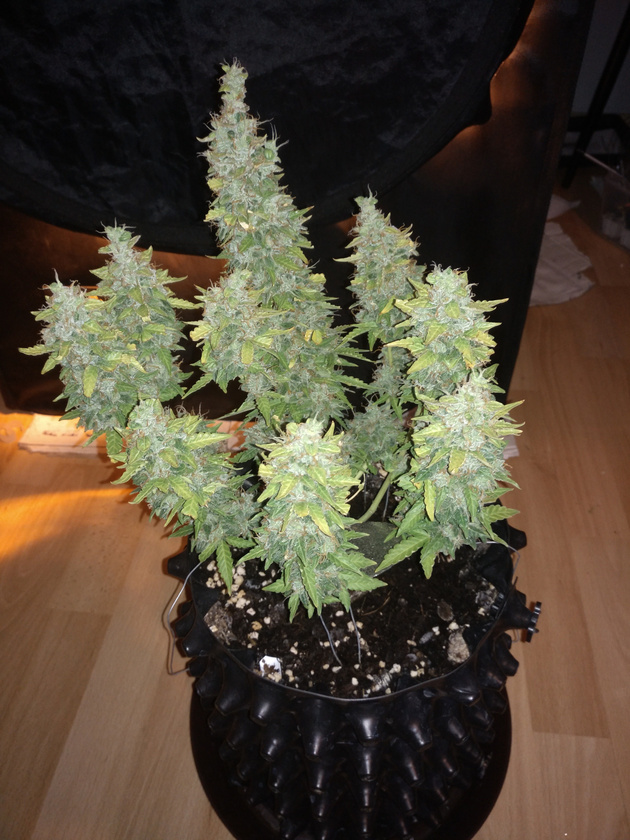
However, most agree that topping an auto will interfere with the genetic code written into the plant by the ruderalis sub species genetics. That genetic code is what I call the Green yellow brick road. It is the road of the legacy market.
Genetics found and cultivated to perfection or near so by the hands of individuals ducking the state and federal authorities to ensure people get their greens every evening. Genetics that are still used today, cultivated many times by hands that may indeed still be in prison for having created the strain being sold on states independently legalized markets. Many think that topping is like setting a road block in the way of the auto, and rather than increasing branching to increase yield, it can interfere with the yield maximization written into the code of autos.
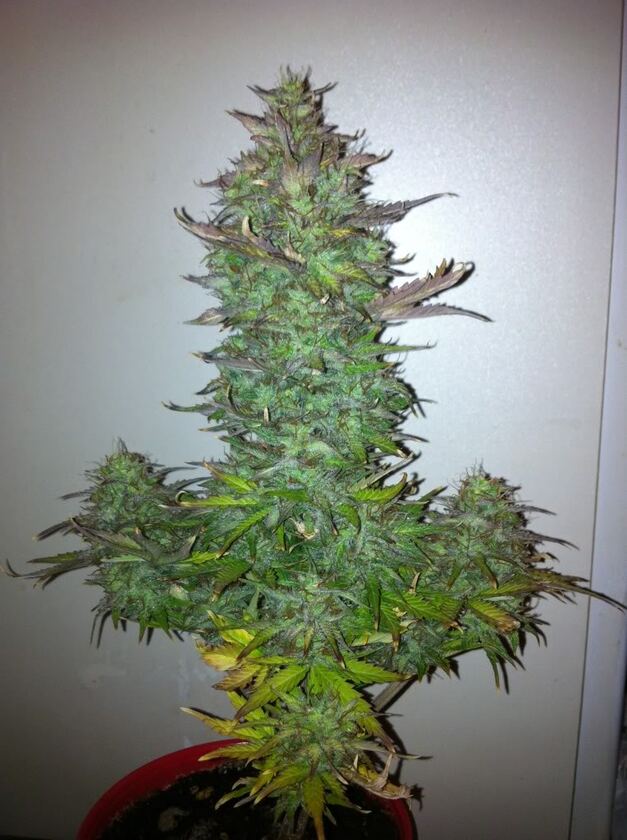
All of these benefits make the autoflower ideal, especially today with potency increased to where it EXSISTS currently makes the auto superb for the beginner to cultivation. The Plant is pre coded essentially to produce bud regardless.ofnthe lighting to which it is exposed or other environmental stressors or factors. Autos tolerate stress better than a photo period, which can be a positive and a drawback as some stress is beneficial for cultivation. For example, super cropping is a technique some use which involves crushing the stems when pruning rather than clipping them.
I am unsure about this as the whole point of clipping above the node early in foliage growth is to bush the plant out. So I would presume this super cropping makes the business even moreso like a sidewalk shrub bushy. So while topping is suggested to be avoided, maybe one could sub in super cropping if your not satisfied with the singular cola of the typical autoflower.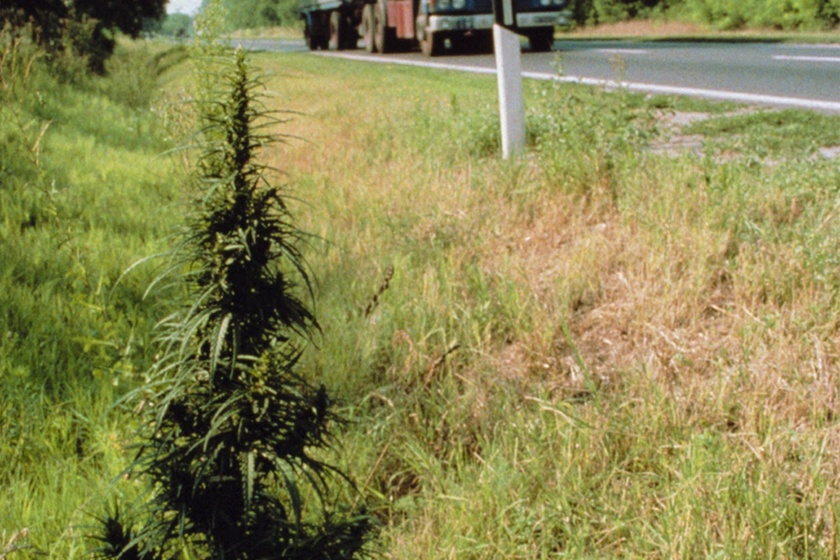
Some growers say that topping a plant is bad as it interferes with there written code, aka the yellow brick road gets damaged. They say that topping can reduce the crop size, and indeed it can especially for an inexperienced grower. As I have written this article particularly with a novice grower in mindz I would say topping isn't ideal.
However, it does allow for the benefit of a more even canopy horizontal plane which is ideal for indoor grows for example, contained in a tent or autos set up in a shelf system as I've seen before. It can maximize yield if done properly as it increases the number of colas, or top central buds of an arm of the stalk.
The traditional auto typically is a bush with a triangular shape and the cola in center top is the largest bud. You can see the autoflowering aspect of the ruderalis cannabis in this shape structurally in the pic of the ruderalis along the highway. When you see numerous colas, or just colas, these have been vigorously prunes and cared for in a way that honestly isn't ideal for a novice grower.
Therefore, if your starting out with an autoflower, I'd say do not mess with topping the plant. See what you yield and how your colas look or singular cola looks with the genetic code as it is. Simply walk the yellow brick road and get the 4 hours of dark rest time. See how this progresses then one has an idea from where they are coming and to where one plans to go.
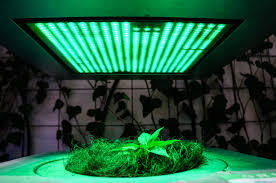
One question I still have is that of the high CBD yield in cannabis ruderalis and that relationship to the Stanley Brothers work on CBS dominant THC low cannabis. Why were the Stanley Brothers focused on getting a higher CBD yield in 2008 if we were aware of the higher CBD in Ruderalis. Or maybe this is the approach they took to get the increased CBD potency of the likely indica. Indicas have a higher CBD than Sativa, as well a lower THC. BY CROSSING them again and again one could possibly lower those potencies selecting the lowest potencies to cross with ruderalis, which is the lowest in THC and highest in CBD. I think the hypothesis of indica being the classification over ruderalis makes sense to me.
I prefer to grow photo periods myself, but this is simply because of my singularly minded personality. I'd rather create my own way than follow the path laid out for ease of work and lessening of time in sacrifice of both potency and yield. Those yields and potencies have increased over time, but so too has photo period. Therefore you can produce a very good looking cannabis plant with a respectable THC yield even for today's super THC oriented marketplace. Also, wile your loosing potency slightly you are gaining the positive of larger bud structures.
Autoflower cannabis is an ideal indoor.option for people who want to grow cannabis especially if your not trying to make it a super involved process. Essentially an autoflower give us a path to plant it and harvest it without a lot of nonsense in the middle. It will do what we have programmed cannabis to do, produce a lovely therapeutic flower that makes your days more enjoyable, or makes you able to experience the enjoyment through its therapeutic medicinal properties. 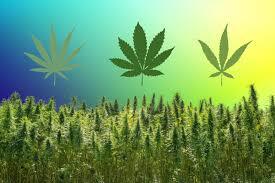
Not to mention getting high AF.
Pictures accompanying this article are on post entitled the same.
References below
Advoc8 always
Meduc8 Daily
Don't break the law while your breaking the law.
- https://www.researchgate.net/publication/372945797_Cannabis_sativa_Autoflowering_and_Hybrid_Strains
- https://www.google.com/amp/s/www.dinafem.org/en/blog/cannabis-ruderalis/%3famp
- https://www.ncbi.nlm.nih.gov/pmc/articles/PMC4604179/
- https://www.healthline.com/health/sativa-vs-indica#:~:text=Typical%20CBD%2Dto%2DTHC%20ratio%3A%20This%20strain%20typically%20has,for%20medicinal%20or%20recreational%20purposes.
- https://herbliz.com/en/blog/cbd-guide/cannabis-sativa-indica-ruderalis/#:~:text=Ruderalis%20is%20naturally%20high%20in,making%20it%20illegal%20in%20Europe.
- https://www.royalqueenseeds.com/us/blog-is-it-possible-to-clone-autoflowering-varieties-of-cannabis-n675
